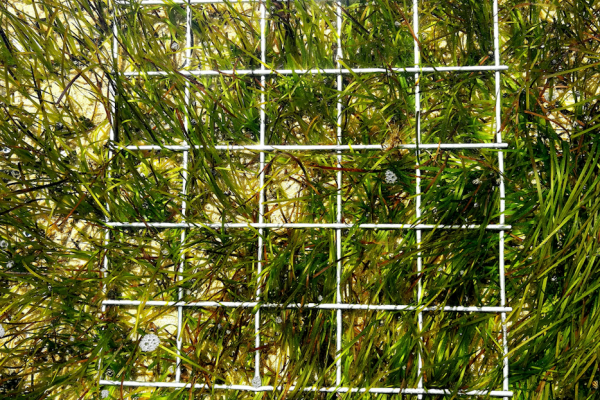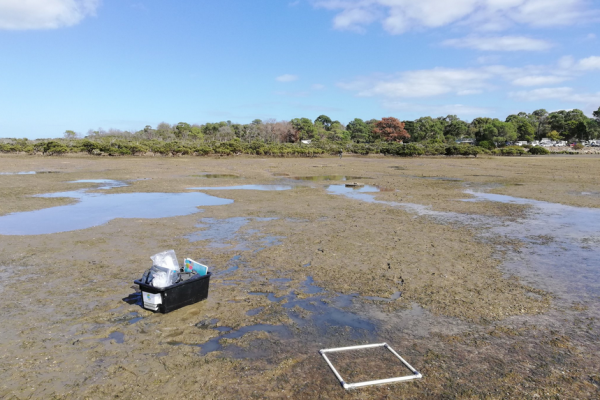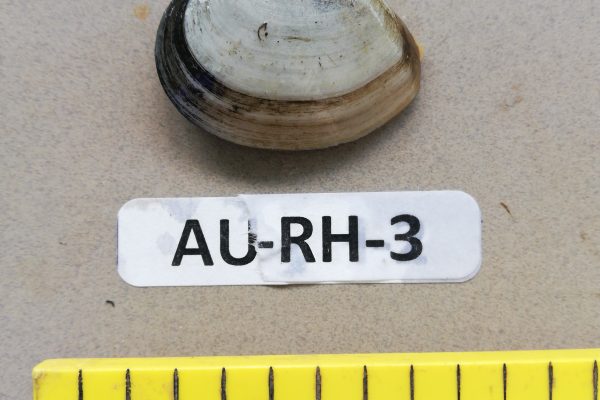The Blue Carbon Lab has joined global efforts to understand the seagrass- bivalves -bacteria symbiosis and its role in preserving seagrass ecosystems.
The global study led by Dr Jim de Fouw is investigating the nature of the interaction between (1) seagrasses, (2) lucinid bivalves and (3) bacteria found in coastal zones around the world.
Recent work suggests that a three-stage symbiosis between seagrass, Lucinid bivalves and endosymbiotic gill-bacteria can alleviate sulfide stress in seagrass ecosystems (Heide et al 2012).
Seagrasses provide habitat for bivalves while bivalves’ gills provide habitat for sulfide-oxidizing bacteria. It is proposed that gill-inhabiting bacteria can consume toxic sulfide produced in the sediment, hence allowing seagrasses to thrive. Climate change and wetland degradation may disrupt this symbiosis (Fouw et al 2016, Garcia et al 2013) and Lucinid Project could not be more timely.
Dr Pawel Waryszak from the Blue Carbon Lab, is in charge of collecting seagrass-Lucinid-bacteria samples in Western Port (photo below) while Dr Craig Sherman is in charge of sites around Port Phillip Bay, Victoria.
Many enthusiastic volunteers joined these efforts too!
*More photos/videos here




